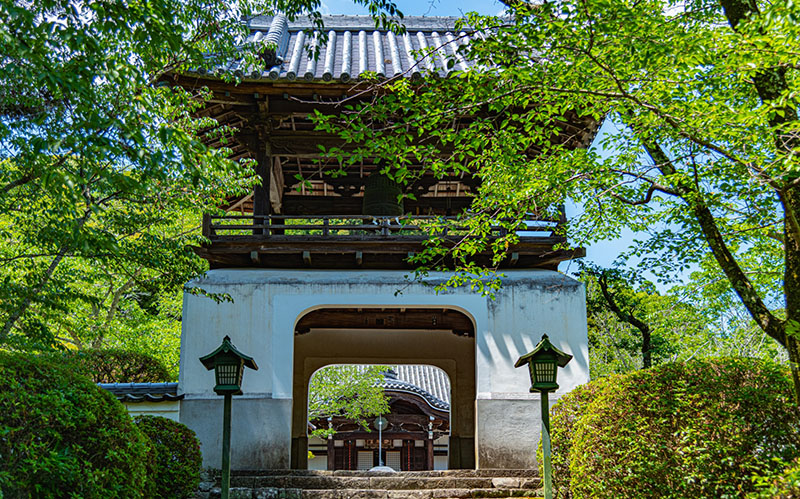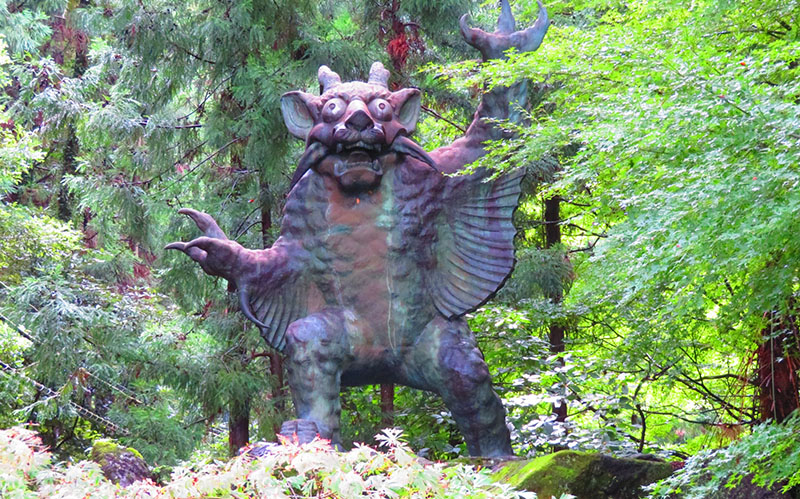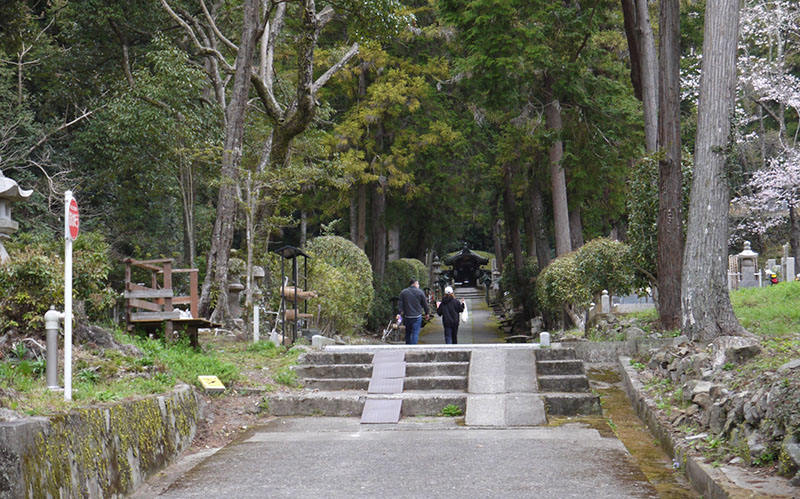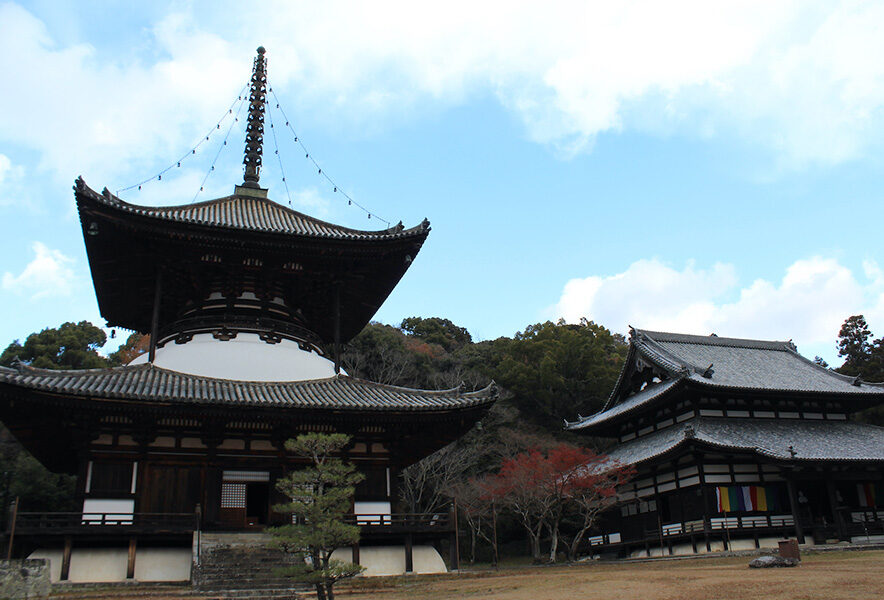- What kind of temple is Negoroji? Founded by Kakuban, the founder of Shingon sect
- Organized “Negoroshu” in the Warring States Period! Active under Nobunaga Oda and Ieyasu Tokugawa
- What kind of buildings are on the temple grounds? Important cultural properties worth seeing
- Access to Negoroji Temple
- Parking around Negoroji Temple
- Negoroji Temple Official Website
- Recommended around Negoroji Temple
What kind of temple is Negoroji? Founded by Kakuban, the founder of Shingon sect
Negoroji Temple is the head temple of the Shingi Shingon sect in Iwade City, Wakayama Prefecture, and is said to have originated as a hall built by the Shingon priest Kakuban in 1130.
Kakuban began his training at Koyasan at the age of 20, and later, with the protection of the Emperor Toba, became the head priest of Kongobuji Temple, the head temple of the Shingon sect in 1134.He worked to restore Koyasan, which had been devastated by natural disasters at the time, and tried to spread the doctrines (religious teachings) of Kobo Daishi, the founder of the Shingon sect.
However, in 1140, a faction opposed to Kakuban’s doctrine burned down the temples of Kakuban’s followers (the Korimomi Rebellion), and Kakuban decided to leave Koyasan and moved to the present location (Iwade City).
Kakubaan spread his new doctrine here and became the founder of the Shingi Shingon sect, and formed Negoroji Temple around Enmyouji Temple.
In 1288, about 140 years after the death of Kakuban (the death of Shakyamuni and other high priests), Raiyu, a monk of the Shingon sect, established a doctrinal center in Negoro from Koyasan, and Negoro became the center of the Shingi Shingon sect.

Organized “Negoroshu” in the Warring States Period! Active under Nobunaga Oda and Ieyasu Tokugawa
The Negoro-ji Temple reached its peak at the end of the Muromachi period (1333-1573), when its territory reached 720,000 koku, forming a large religious city centering on Negoro.From this time onward, Negoroji had a military force called “Negoroshu” consisting of about 10,000 priests and soldiers.
The Negoroshu were led by gunmen equipped with flintlock rifles and played an active role in the Battle of Ishiyama (1570) and the Zoga Offensive (1577), siding with Oda Nobunaga.
In 1582, he is said to have participated in a large-scale parade (Kyoto Gomagerei) held by Oda Nobunaga in Kyoto.
In 1585, Hideyoshi Hashiba attacked Kishu, and most of the buildings, including the Daishido and Daito, were burnt down, leaving only a few buildings.
In the Edo period (1603-1868), the main temple buildings were restored under the patronage of the Kishu Tokugawa family, and furthermore, Emperor Higashiyama (the 113th emperor) bestowed the title of “Kokyo Daishi” on Kakuman Shonin.


What kind of buildings are on the temple grounds? Important cultural properties worth seeing
Negoroji Temple has seven buildings designated as Important Cultural Properties.
The seven buildings at Negoroji include the main hall, “Daidenbodo,” “Daishi-do,” which is dedicated to Kobo Daishi, the founder of the Shingon sect of Buddhism, “Komyoshinden,” which houses a statue of Kakujin, the founder of the temple, “Daimon,” “Fudo,” “Gyoja-do” and “Shoten-do.
The “Daidenbodo” was rebuilt in 1827 and houses the principal image of Dainichi Nyorai, flanked by Kongosattva and Sonkatsu Butsudo.
These three images are also designated as Important Cultural Properties.
The Daishido was built around 1391 and, together with the national treasure Daito (large pagoda), survived the burning of the temple by Hideyoshi Toyotomi during his conquest of Kishu.
The “Koumyou Shingon-den” was built in 1804 and contains a statue of Kaku-myo Shonin, and on either side are the tablets of successive heads of the Kii domain and their successors.
It takes about 90 minutes to see the entire structure.


Access to Negoroji Temple
2286 Negoro, Iwade City, Wakayama Prefecture, 649-6202
Parking around Negoroji Temple
Negoroji Temple Official Website
Official site:https://www.negoroji.org/index.html
